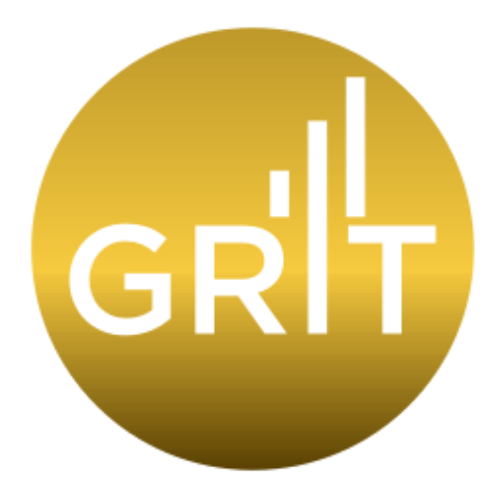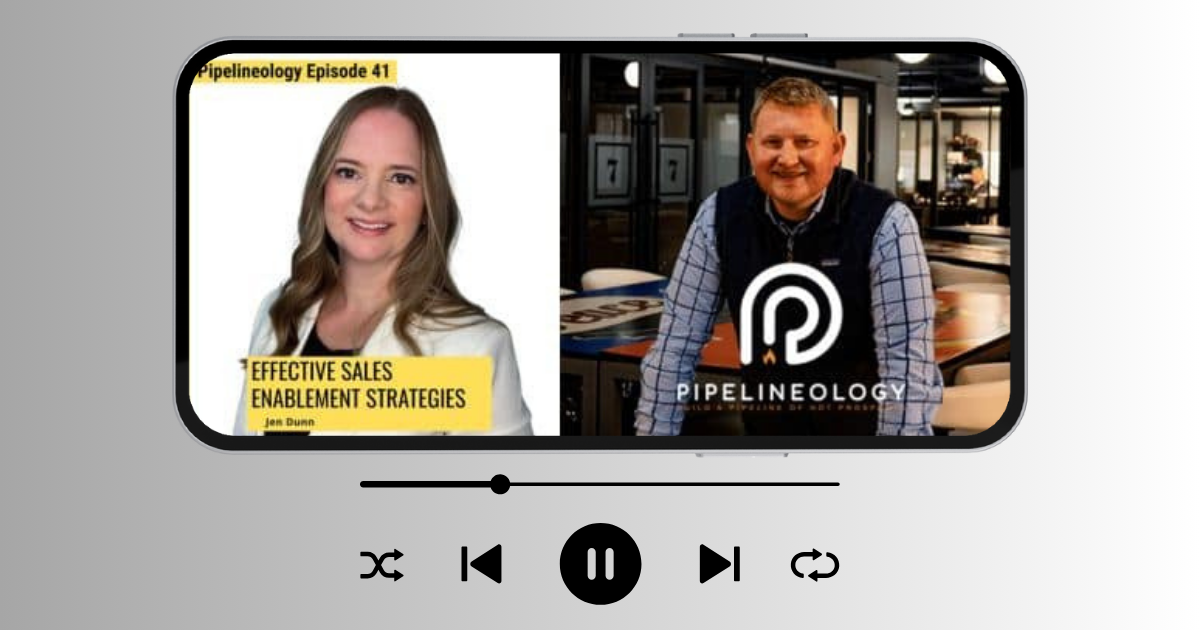Effective sales enablement strategies: pipelineology podcast
Listen to the full episode here https://www.pipelineology.com/e41/
How to Get Your Toughest Audience to Engage: Sales, Marketing, and Webinars That Move the Needle
There’s a special kind of pressure that comes with engaging the toughest audience in business.
Not customers.
Not webinar registrants.
Not even execs.
Sales.
In my conversation with Gary Ruplinger on the Pipelineology podcast, we dug into what it really takes to bridge sales and marketing — along with how webinars and events can drive real pipeline when they’re framed and executed well.
This post pulls together those stories and insights directly from our conversation.
From “Marketing Doesn’t Get It” to Building a Strong Sales Partnership
Early in my career, I learned firsthand what it feels like to be on the sales side of the table.
Right out of university, I landed in telemarketing — outbound calls, tough conversations, and plenty of humble pie. We had a marketer named Laura who would bring us new scripts, offers, and spiffs. She was lovely. Everyone liked her.
But as soon as she left the room?
The mood shifted:
“Marketing doesn’t get it.”
So we threw out the script (sorry, Laura) and did what we knew would work.
That stuck with me.
Fast-forward through a 20-year corporate career across telecom and Ed Tech — ending in field marketing and sales enablement with that early lesson became foundational:
If sales doesn’t feel understood, they won’t use what you create.
Sales enablement, done well, becomes the bridge.
It’s not just about the assets — it’s about freeing up sales to sell, and making sure the resources match how they actually work with customers.
Building the Bridge: How We Created a Sales Enablement Call They Never Wanted to Miss
Later in my career, I helped lead a sales enablement team that supported both the North American and global sales orgs.
One of the most effective things we built was a recurring sales enablement webinar. It became the call sales actually wanted to attend (and the recording they always asked for when traveling).
Here’s how we structured it:
1. Start by partnering with sales
Before creating anything, we met with sales — not just leadership, but people in the field.
We asked:
What’s working?
What’s not?
Where are deals getting stuck?
What tools do you actually want?
This ensured we weren’t creating another “marketing not getting it” situation.
2. Tell a story with every resource
When we brought something to the webinar — a tool, asset, or operational update — we framed it around:
What it’s for
Why it matters
Who we partnered with
How to use it in real selling scenarios
We weren’t just presenting a slide. We were selling the value to sales.
3. Use social proof
We shared what early testers were seeing.
If a rep used something successfully, we highlighted that.
Sales respond to peer validation the same way customers do — they want proof that something works before they adopt it.
How to get the toughest audience to engage: sales, marketing, and webinars that move the needle.
4. Create a real feedback loop
Every call ended with breakout groups where sales could share:
What’s working
What’s unclear
What they want
What’s still missing
And at the next session, we opened with a recap of what they told us — and what we did with that feedback.
That cycle built trust, credibility, and genuine partnership.
Webinars That Move People to Action
We also dove into how webinars can support both sales and customers — if they’re framed well.
A great webinar tells a story:
Establish credibility
Help the audience achieve a quick win
Guide them toward a clear next step
And no webinar is complete without strong prep — both technical and content-based.
One of the biggest lessons:
Always have a backup communication channel.
Tech fails. You need a way to reach your co-host fast when it does.
To make this easier, I created a Camera Ready Webinar Checklist that covers both the tech and the storytelling side so you’re fully prepared before you go live.
👉 Download the checklist here:
https://www.gritfueled.com/freeresource
Follow-Up Is Where You Win (or Lose) the Conversion
You can deliver a stellar event and still lose momentum if your follow-up falls flat.
A strong follow-up email should:
arrive quickly
deliver something promised
create urgency or momentum
give people a reason to take the next step
The follow-up strategy we talked about in the episode achieved a 100% click-through rate, and the key wasn’t trickery — it was designing the email around exactly what the audience cared about.
Why Spending Time With Sales Makes You a Better Marketer
If there’s one thing I recommend to every marketer or founder, it’s this:
Spend more time with sales.
Sit in on calls.
Go on ride-alongs.
Listen to customer conversations.
Ask questions you can’t get from dashboards or campaign reports.
You learn:
real customer language
real objections
real priorities
real gaps in messaging
and the true pace of revenue
When sales trusts you, they tell you what’s really happening — and that changes everything about how you market.
Recommendations: How to Build a Strong Sales + Marketing Partnership
Here are the tactical moves any team can apply:
1. Partner with Sales Before You Build Anything
Join sales calls
Interview reps before creating assets
Validate messaging with them early
2. Use Social Proof to Drive Adoption
Share what early reps are seeing
Highlight small wins and learn from (and apply) the losses
Provide examples of usage in the field
3. Build a Feedback Loop (And Close It Publicly)
Collect feedback after enablement
Summarize what you heard
Show what changed as a result
4. Make Webinars Audience-First
Build the story around their pain points
Deliver a quick win
Frame a clear next step
Prepare your tech and narrative
5. Follow Up Quickly After Events
Send something promised
Use curiosity in the subject line
Make the next step obvious
6. Stay Close to Sales
Attend calls
Listen to objections
Track where deals stall
Look for disconnects between the marketing resource or operations process and the real conversation
Want Help Applying This to Your Own Business?
Whether you’re trying to improve sales enablement, sharpen your messaging, or host webinars that actually convert — I can help.
➤ Optimize your LinkedIn presence with a LinkedIn Lift
➤ Book a strategy consult
➤ Download the Camera Ready Webinar Checklist
Because whether you're presenting to customers or your own sales team, the goal is always the same:
Make the next step obvious, valuable, and easy to say yes to.
Want more practical, no-fluff tips like this? Subscribe to the Grit Fueled newsletter: www.gritfueled.com/contact

